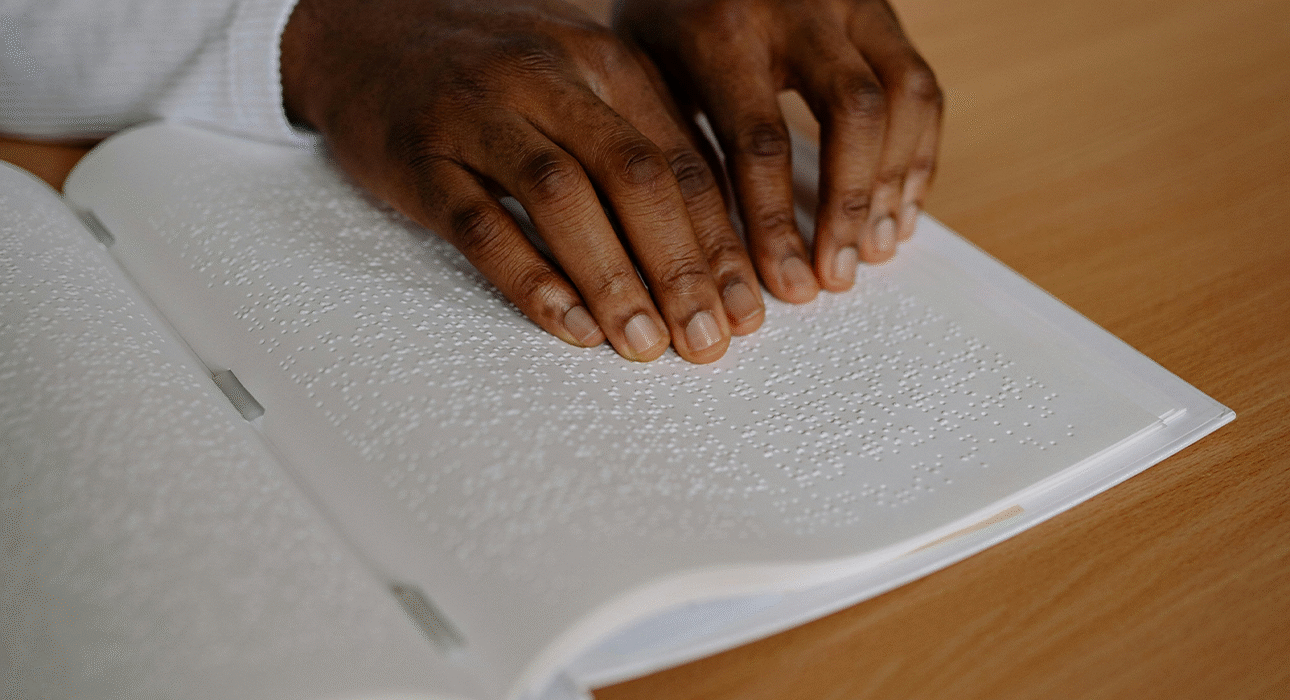For decades, the conversation around disability in Zimbabwe was framed by the quiet language of charity. But a seismic shift is underway. With the landmark launch of the National Disability Policy (NDP) in 2021 and the gazetting of the transformative Persons with Disabilities Bill in 2024, the nation is decisively moving away from an outdated welfare model towards a vibrant, rights-based future.
This isn’t just a victory for human rights activists; it’s a profound opportunity and a clear call to action for the Zimbabwean business community.
This new legal landscape, championed by advocacy groups like NASCOH and its partners in the “Equal Zimbabwe” campaign, reframes disability entirely. It moves beyond the 1992 Act, which often treated disability as a personal health issue, and embraces the social model of disability.
This modern understanding posits that a person is not disabled by their impairment, but by societal barriers—be they physical, digital, or attitudinal—that prevent their full participation.
For business leaders, this shift is critical. It means that creating an accessible environment is no longer just a charitable act, but a fundamental issue of rights, equality, and, indeed, smart business. The question is no longer if you should become inclusive, but how. And the answer extends far beyond simply installing a wheelchair ramp.1
The Unignorable Business Case for Inclusion
Before diving into the “how,” it’s crucial to understand the “why.” Embracing disability inclusion is not a cost; it’s an investment with clear returns that can strengthen every facet of your organisation.
First, there is the talent advantage. Zimbabwe is home to an estimated 1.4 million people with disabilities. By maintaining inaccessible workplaces and biased hiring practices, companies are artificially shrinking their talent pool and ignoring a vast reserve of skills, creativity, and resilience.
Second, there is the market opportunity. This community, along with their families and friends, represents a powerful consumer base with significant purchasing power. If a customer using a wheelchair cannot enter your store, if a person with low vision cannot read your menu, or if a potential client who is Deaf cannot access your services, you are actively turning away business.
Finally, there is brand enhancement. In today’s market, consumers are loyal to brands that reflect their values. A genuine, demonstrable commitment to inclusion builds a powerful reputation, making you an employer of choice and a preferred partner for a socially conscious generation.
How to Move Beyond the Ramp: A Blueprint for Action
True inclusion requires a holistic approach that embeds accessibility into the very DNA of your company culture. Here is a practical blueprint to get started.
- Rethink Recruitment from the Ground Up: Your journey to an inclusive workforce begins before a candidate even applies. Review your job descriptions to eliminate biased language and focus purely on the essential functions of the role. Ensure your online application portals are fully accessible to screen-reading software. Train your hiring managers to move beyond unconscious bias and focus on capability, creating a standardised interview process that provides reasonable accommodation—such as a Sign Language interpreter or a quiet interview space—to allow every candidate to shine.
- Open Your Digital Front Door: In 2025, your website is your most important storefront. If it’s not accessible, you are effectively closed for business to a significant portion of the population. Invest in a digital accessibility audit to ensure your website and mobile apps comply with the latest Web Content Accessibility Guidelines (WCAG). This includes simple but crucial features like adding alternative text to images, ensuring high colour contrast for text, and making sure your site can be navigated using only a keyboard.
- Invest in Your People Through Training: The most significant barrier is often attitude, not architecture. Implement mandatory, ongoing sensitisation training for all employees. This training should be led by people with disabilities and move beyond simple “dos and don’ts.” It should foster a deep understanding of the social model of disability, teach respectful communication and etiquette, and create a workplace culture where asking for and providing accommodations is a normal part of business.
- Embrace Universal Design: Don’t wait to retrofit. When designing new products, services, or office spaces, use the principles of universal design from the very beginning. This means creating things that are inherently usable by the widest possible range of people without the need for special adaptation. From marketing materials with clear fonts to product packaging that is easy to open, thinking inclusively at the design stage is more efficient and creates a better experience for all your customers.
The new legislative era in Zimbabwe offers a clear path forward. For businesses, this is a moment of opportunity. By looking beyond the ramp and embracing a comprehensive vision of inclusion, you can unlock new talent, reach new markets, and build a stronger, more innovative, and more respected brand. This is more than just compliance; it is the future of business.
NASCOH is here to partner with you on this journey. Contact us today to learn more about our accessibility audit services, staff training programs, and expert consultancy.

